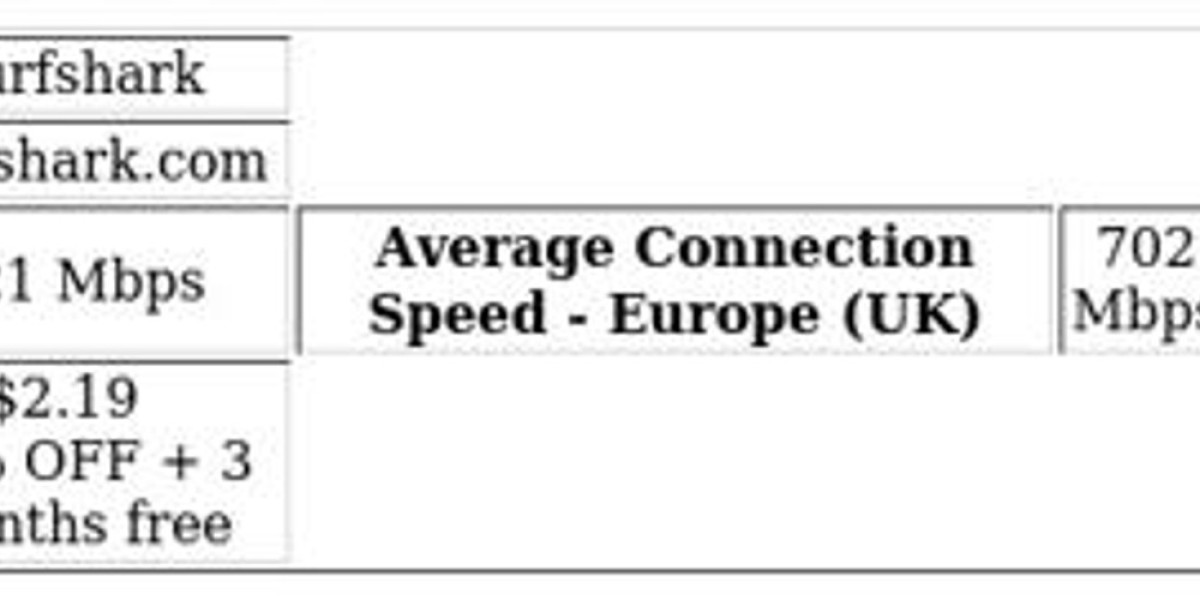In the dynamic world of digital content, developing an app for books has become an innovative way to engage readers. With the success of platforms like Epic, there is a clear market demand for interactive and engaging reading applications. This comprehensive guide will walk you through the essential steps and considerations for creating an app for books that can rival Epic.
Understanding the Market
Analyzing Competitors
Before diving into development, it is crucial to understand the competitive landscape. Epic, for example, has set a high standard with its extensive library, user-friendly interface, and interactive features. Analyzing such competitors will help you identify gaps in the market and unique selling points (USPs) for your app.
Identifying Target Audience
Determine who your primary users will be. Are you targeting children, teenagers, or adults? Understanding your audience will shape the content and features of your app. For instance, an app for children might focus on interactive stories and educational content, while an app for adults might emphasize a diverse library and advanced reading tools.
Planning Your App
Defining Core Features
The success of your app depends on the features it offers. Here are some essential features to consider:
- Extensive Library: Ensure a wide range of genres and titles.
- Interactive Elements: Incorporate features like read-along audio, animations, and quizzes.
- User Profiles: Allow users to create profiles to track their reading progress.
- Parental Controls: For apps targeting children, parental control features are crucial.
- Offline Access: Enable users to download books for offline reading.
User Experience (UX) Design
A seamless and intuitive user experience is paramount. Focus on a clean, easy-to-navigate interface. Ensure that the design is responsive and accessible on various devices, including tablets and smartphones. Conduct usability testing to gather feedback and make necessary adjustments.
Development Process
Choosing the Right Technology Stack
Select a technology stack that aligns with your app’s requirements. Common choices include:
- Front-End: React Native, Flutter
- Back-End: Node.js, Ruby on Rails
- Database: MongoDB, PostgreSQL
Hiring a Development Team
Assemble a skilled development team. This includes front-end and back-end developers, UI/UX designers, and QA testers. Consider outsourcing or hiring freelancers if budget constraints are an issue.
Development Stages
1. Planning and Research
This stage involves defining the scope, creating wireframes, and establishing project timelines.
2. Design
Design the user interface and experience. This includes creating prototypes and getting user feedback.
3. Development
The actual coding of the app happens in this stage. Follow agile methodologies to ensure continuous feedback and improvements.
4. Testing
Thoroughly test your app for bugs, usability issues, and performance. Conduct both alpha and beta testing phases.
5. Deployment
Deploy your app on various platforms (iOS, Android). Ensure compliance with the app stores’ guidelines.
Content Management
Acquiring Content
Negotiate with publishers and authors to acquire a diverse range of books. Consider exclusive content agreements to make your app stand out.
Content Curation
Regularly update your library with new books. Use algorithms to recommend books based on users’ reading habits.
Monetization Strategies
Subscription Model
Offer monthly or yearly subscriptions for unlimited access to the library.
Freemium Model
Provide basic access for free and charge for premium features.
In-App Purchases
Allow users to buy individual books or book bundles.
Advertisements
Incorporate ads, but ensure they do not disrupt the user experience.
Marketing and Promotion
Pre-Launch Campaigns
Generate buzz before the launch with teasers, social media campaigns, and influencer partnerships.
App Store Optimization (ASO)
Optimize your app’s listing with relevant keywords, attractive screenshots, and engaging descriptions.
Content Marketing
Create a blog or YouTube channel offering book reviews, reading tips, and app updates to drive traffic to your app.
User Reviews and Ratings
Encourage satisfied users to leave positive reviews. Address negative feedback promptly to improve your app’s reputation.
Post-Launch Considerations
User Feedback and Updates
Continuously gather user feedback and release regular updates to enhance features and fix bugs.
Community Building
Foster a community around your app. Use forums, social media groups, and in-app communities to engage with users.
Analytics and Performance Tracking
Use analytics tools to track user behavior, app performance, and ROI. Adjust your strategies based on data insights.
Conclusion
Developing an app for books like Epic requires meticulous planning, innovative features, and continuous improvement. By focusing on user experience, quality content, and effective marketing, you can create a successful reading platform that stands out in the competitive market.


